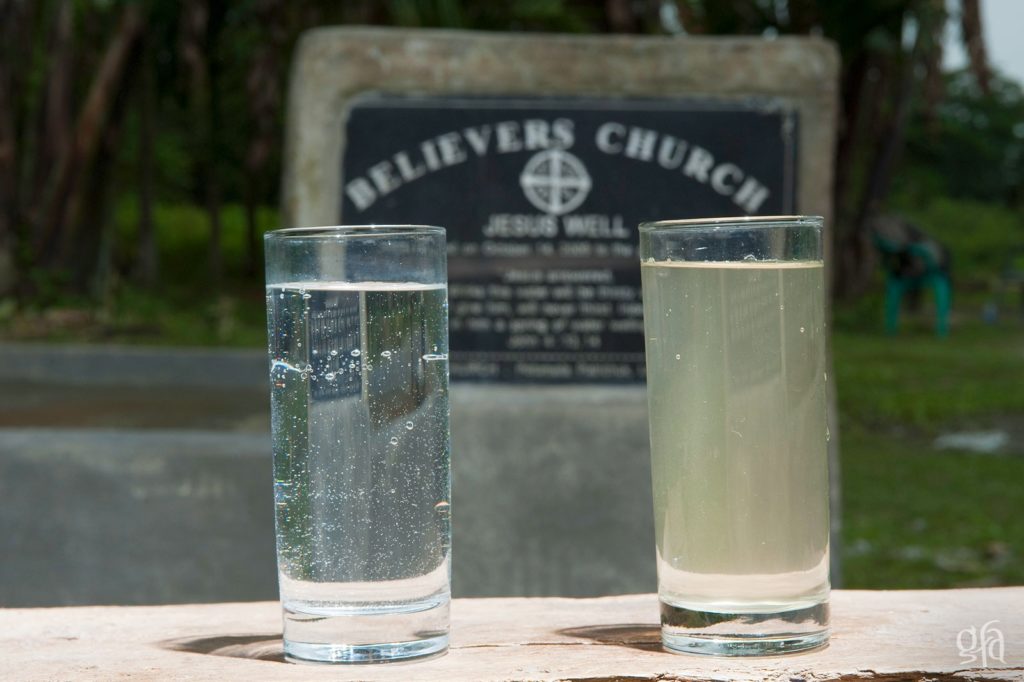NEW YORK – Clean water. America has it in abundance. And we have all the benefits that come along with immediate access to it. But do we understand what those benefits are and what the impact of living with them is? The issue goes far beyond thirst.
UNICEF published the first volume of a new report this week. It is entitled “Water Under Fire,” and it paints perhaps the most accurate picture of the ramifications of not having access to clean water versus the benefits we enjoy and take for granted.
The 80-page report follows data published by UNICEF in March 2019 in which the agency boldly confirmed that,
The information published in March advised that,
We are, indeed, experiencing a global water crisis. Kelly Ann Naylor, Associate Director for Water, Sanitation, and Hygiene (WASH) for UNICEF emphasized that “the situation is dire for children,” especially for children born into fragile and conflict-affected situations.
Here are UNICEF’ comparisons for children born into stable environments versus those in fragile environments on a global perspective. The differences are dramatic, especially because those with compromised access to clean water experience a host of related negative challenges like those itemized below.
| Stable Situations | Fragile Situations | |
| Access to clean water | 95% | 57% |
| Access to basic sanitation | 81% | 26% |
| Practice open defecation | 7% | 19% |
| Experience Stunting > 10% | 61% | 100% |
| Are cholera endemic | 33% | 93% |
| Wasting rates > 5% in kids < age 5 | 27% | 90% |
| Under-five Deaths/1,000 births | 22.1 | 73.3 |
| Deaths under 5 from diarrhea | 7.1% | 8.9% |
| Children out of school | 10% | 43% |
Access to clean water can be significantly different from one nation to another. Extremes can exist within countries. Other stressors, including countries caught up in armed conflict, can further complicate and even destroy the futures of young children who once had reasonable access.
Please pray for the millions of innocents whose lives and futures are endangered by so many forces that are out of their control. Pray that they will find clean water and that they will drink of the living water from heaven.
To read more news on Global Water Crisis on Missions Box, go here, or visit the Special Reports by
Gospel for Asia entitled Dying of Thirst and the Global Clean Water Crisis.
Sources:
- UNICEF, Water Under Fire
- UN News, ‘There has never been a more urgent time,’ to safeguard children’s right to safe water and sanitation, says UNICEF
- The World Bank, Quality Unknown: The Invisible Water Crisis
- The Weather Channel, Water Under Fire: UNICEF Says More Children Die Due to Unsafe Water than Conflicts in War-torn Regions
Image Source:
- Gospel for Asia, Photo of the Day
For more information about this, click here.





